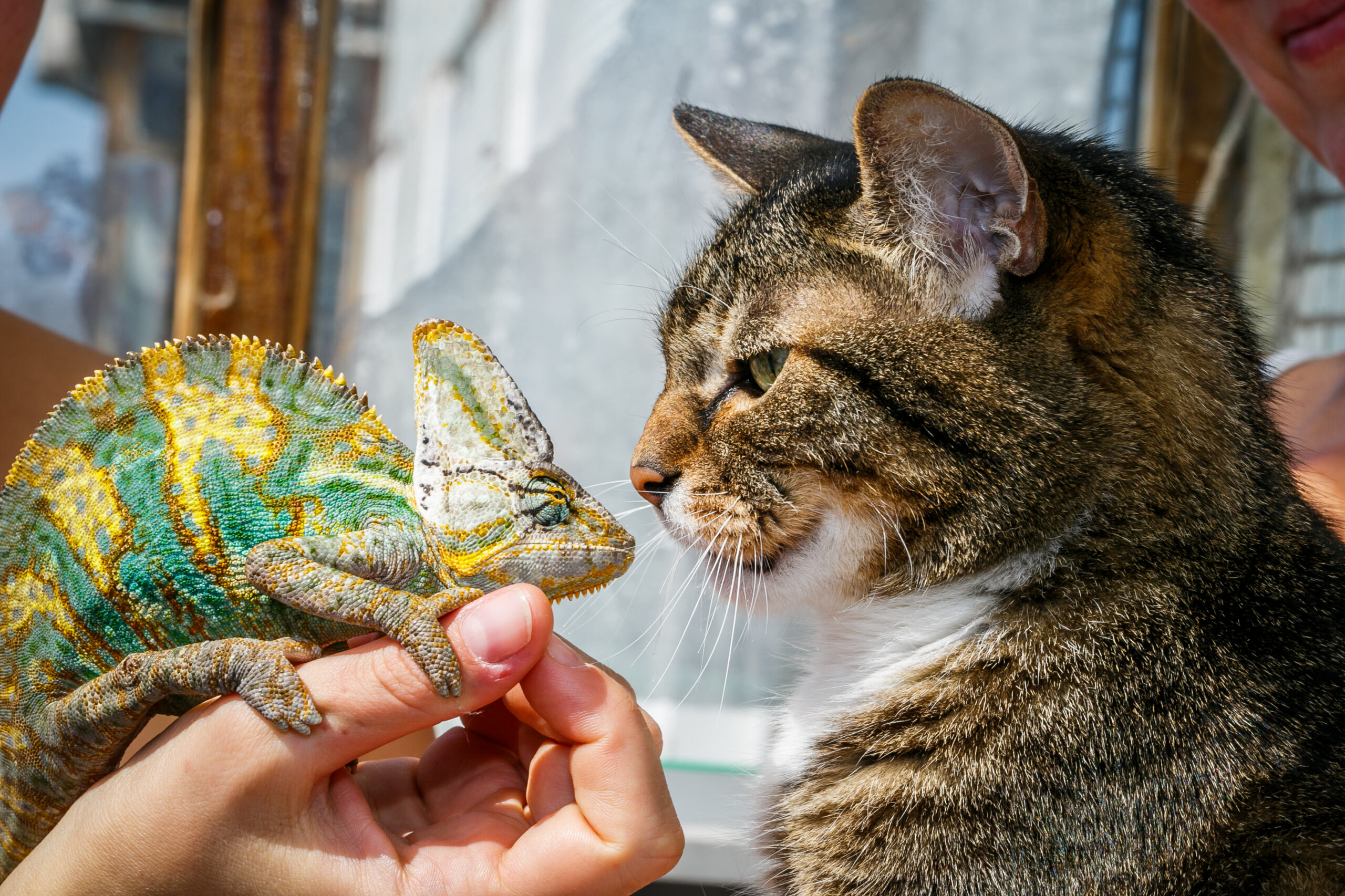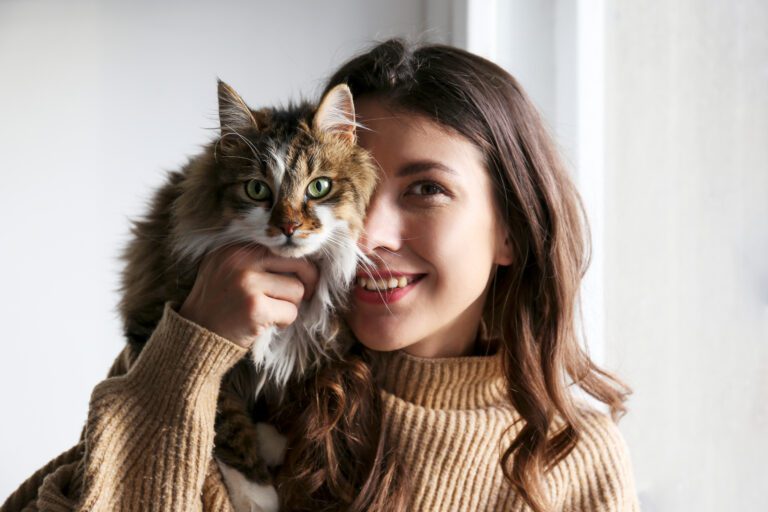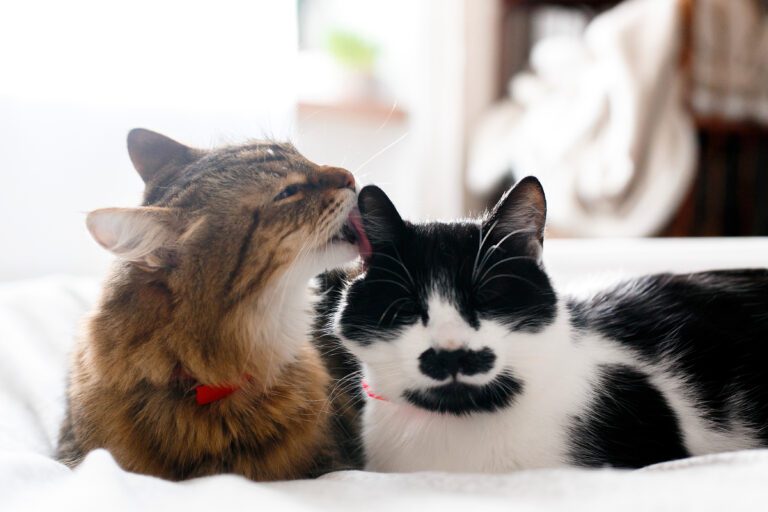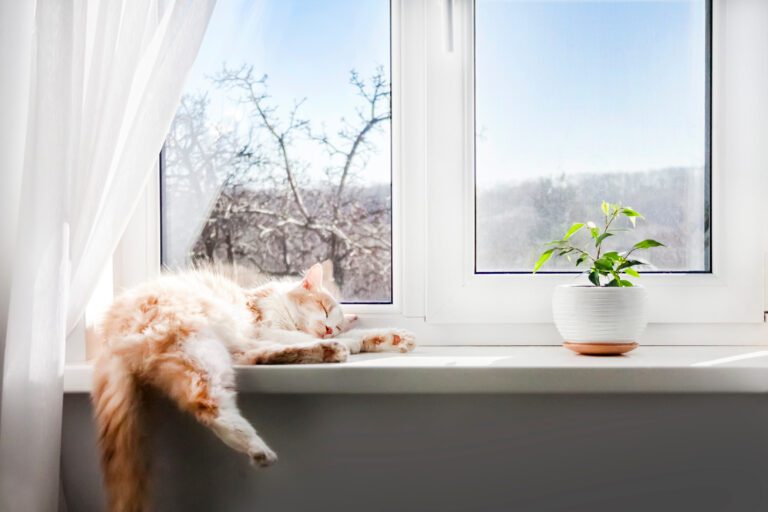Introducing a new kitten or full grown cat to a pet lizard can be a complex situation and the outcome will depend on several factors, including the species of lizard, the individual personalities of both animals, and the way they are introduced to each other. However, in general, it’s important to exercise caution when introducing predatory animals like cats to prey animals like lizards.
Lizards are typically not social animals and may become stressed or feel threatened by the presence of a cat. Cats, on the other hand, have natural hunting instincts and may perceive the lizard as prey. This can lead to potential harm or stress for either animal.
If you still want them to meet, consider the following…
- Supervise interactions: Never leave the lizard and kitten alone together unsupervised. Always be present to ensure the safety of both animals.
- Separate spaces: Provide separate living spaces for the lizard and the kitten. This will allow them to adjust to each other’s presence without direct interaction. It’s probably best to keep the lizard enclosure in a room where you can close the door.
- Gradual introductions: Begin by letting them get accustomed to each other’s scent. You can do this by allowing them to sniff objects that have been in contact with the other animal. Gradually increase the exposure by allowing them to see each other from a distance, but with barriers in place.
- Positive associations: Associate positive experiences with each other’s presence before they meet. For example, you can feed treats to both animals in close proximity but still separated by a barrier, allowing them to associate the presence of the other with something pleasant.
- Consider the lizard’s needs: Ensure that your lizard has hiding spots and areas where it can retreat to feel secure. This will help minimize stress during the introduction process.
Remember, every animal is unique, and there are no guarantees of a successful relationship between a lizard and a cat. It’s crucial to prioritize the safety and well-being of both animals throughout the process. If you have any concerns or doubts, consult with a veterinarian or an animal behaviorist who can provide personalized guidance based on the specific species and temperaments involved.
Learn more about regular vet visits for your reptile.






